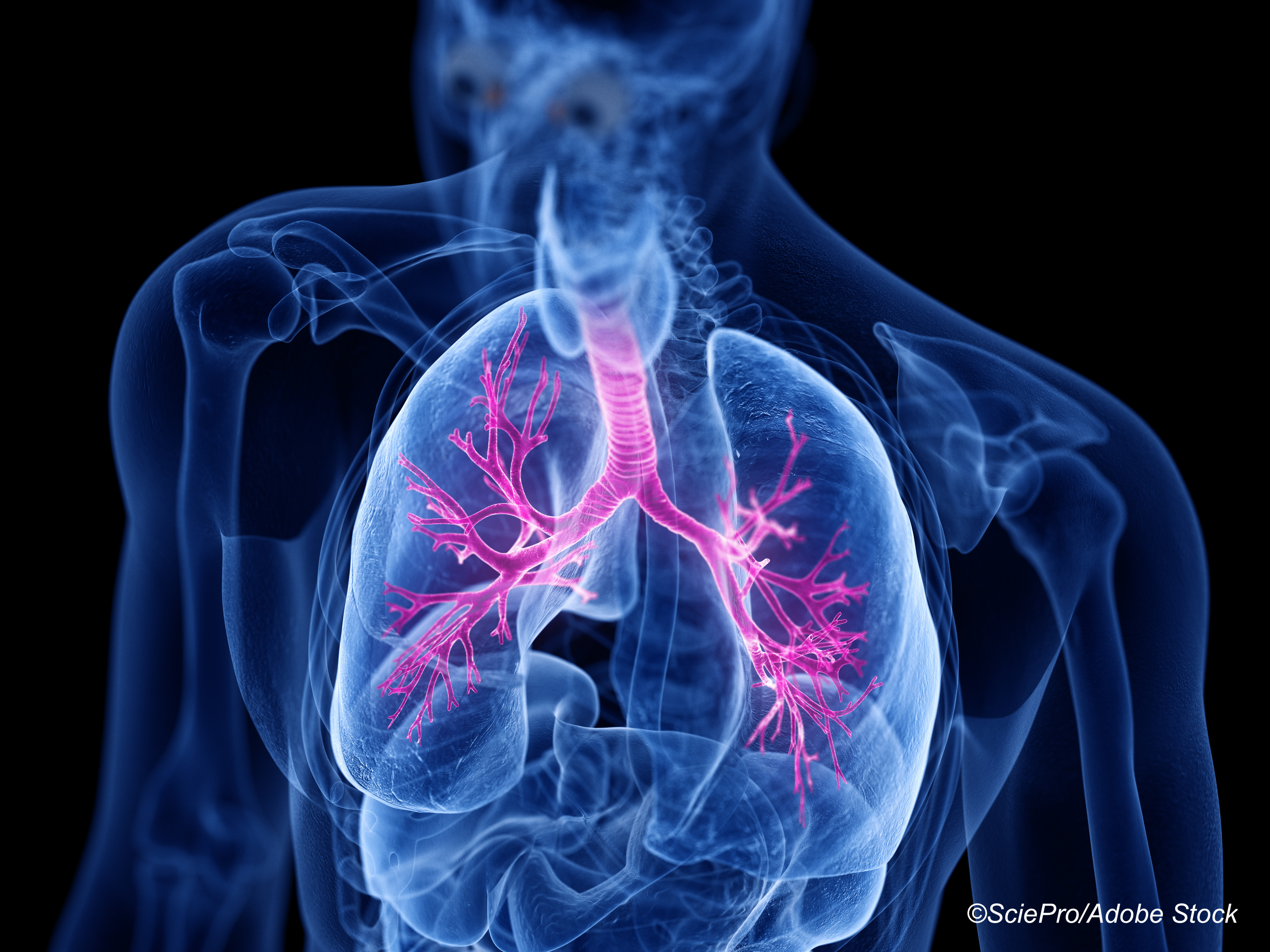
Among children with cystic fibrosis screen-positive testing at birth with inconclusive diagnosis, high initial sweat chloride values were highly predictive of reclassification to active disease at school age in the ongoing prospective Canadian CF New Born Screening (NBS) study.
The latest follow-up of children identified during infancy as CF screen-positive with an inconclusive diagnosis (CFSPID) showed good nutritional and pulmonary outcomes at school age, but the rate of reclassifying to active cystic fibrosis (CF) was high among the cohort, with 21% reclassified over a mean of close to 8 years of follow-up.
The longitudinal analysis, published online Nov. 16 in the journal Pediatrics, showed an initial sweat chloride of ≥40 mmol/L to be predictive of conversion to CF.
Roughly one in 10 (11%) of CFSPID infants who transitioned to active CF during the follow-up period did so on the basis of an increase in sweat chloride to ≥60 mmol/L.
“A sweat chloride of ≥40 mmol/L on the initial sweat test after birth identifies children with CFSPID at risk for a future CF diagnosis,” wrote researcher Tanja Gonska, MD, of The Hospital for Sick Children, Toronto, and colleagues. “Although this observation needs to be validated in an independent cohort before it can be clinically implemented, our study is nevertheless the first to reveal that the initial sweat chloride test can be used as a predictive tool in the care of children with CFSPID.”
The researchers noted that newborn screening for CF is now used in many countries, but high false positivity rates remain a troubling issue leading to unnecessary worry for families and burdens to the health care system.
“The term ’cystic fibrosis screen–positive with inconclusive diagnosis’ or ’CF-related metabolic syndrome’ has been coined to direct special attention to this group of asymptomatic newborns, and clinical monitoring is recommended by international guidelines,” Gonska and colleagues wrote. “The worry is that a diagnosis of CF cannot be absolutely dismissed because interpretation of the genetic variants of unknown or varying significance may change, sweat chloride concentration may change over time and may overlap with those measured in CF patients, and, finally, genetic and sweat test constellations resemble those observed in older patients with CF transmembrane conductance regulator (CFTR)-related disorders, which is a clinical entity associated with CFTR diagnostic criteria.”
The CF NBS study researchers previously reported findings on enrolled children at ages 2 to 3 years, and their latest update examined outcomes at school age.
The ongoing prospective, longitudinal, multicenter, Canada-wide cohort study enrolled CF positive–screened newborns with one to two cystic fibrosis transmembrane conductance regulator gene variants, “of which at least one is not known to be CF-causing and/or a sweat chloride between 30 and 59 mmol/L.”
The mean age of the 115 CFSPID children included in the study at the latest follow-up was 7.7 (95% CI, 7.1-8.4) years, and a CF diagnosis was confirmed for 24 (21%) based on either reinterpretation of the cystic fibrosis transmembrane conductance regulator genotype or because of increases in sweat chloride concentration to ≥60 mmol/L.
“Our analysis revealed that children with CFSPID with an initial sweat test of ≥40 mmol/L had a 10 times higher hazard of having a CF-converting sweat test of ≥60 mmol/L later in life, compared with those with an initial sweat of <40 mmol/L (hazard ratio: 12.1; 95% CI 2.6-55.6]; P=0.001),” the researchers wrote.
Of the 10 children with CFSPID with a sweat test of ≥40 mmol/L, nine converted to a CF diagnosis between the ages of 2.8 and 4.4 years.
The 91 children with CFSPID who have not been diagnosed with CF were pancreatic sufficient and showed normal growth until school age.
“Children with CFSPID showed normal weight gain and growth until school age, which has been shown in other studies as well, suggesting that their mild CFTR dysfunction had no significant effect on nutrient absorption as well as on energy metabolism,” Gonska and colleagues wrote.
These children also had normal lung function at school age as assessed by FEV1.
Study limitations included the lack of a parallel healthy or heterozygote control group and the use of 2 different biochemical assays to measure immunoreactive trypsinogen (IRT).
“Future follow-up studies need to reveal whether an initial sweat chloride of ≥40 mmol/L not only predicts CFSPID at risk for CF but also those at risk for CFTR-related disease, consequently allowing stratification of children with CFSPID children into those requiring clinical follow-up and those who can be discharged,” the researchers concluded.
They added that these children should be included in CF patient registries “to facilitate collection of outcome data.”
-
Among children with cystic fibrosis screen-positive testing at birth with inconclusive diagnosis, high initial sweat chloride values were highly predictive of reclassification to active disease at school age.
-
The rate of reclassifying to active cystic fibrosis (CF) was high among the CFSPID cohort, with 21% reclassified over a mean of close to 8 years of follow-up.
Salynn Boyles, Contributing Writer, BreakingMED™
The researchers declared no funding source nor relevant disclosures related to this study.
Cat ID: 491
Topic ID: 89,491,730,138,192,491,925


